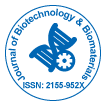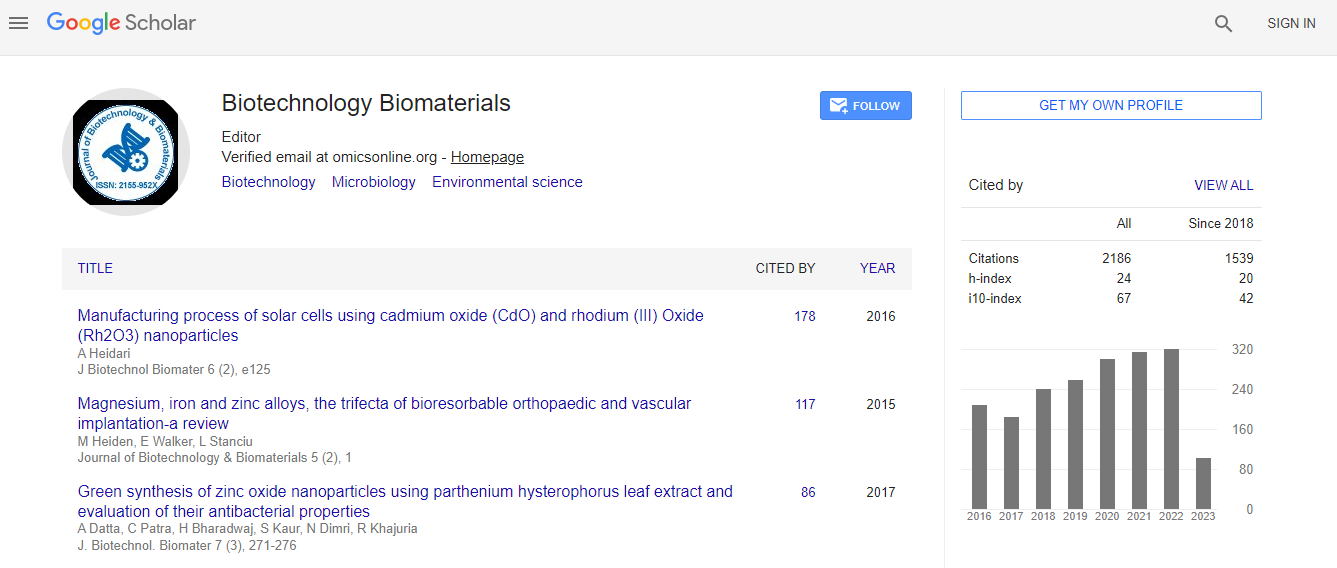Our Group organises 3000+ Global Events every year across USA, Europe & Asia with support from 1000 more scientific Societies and Publishes 700+ 51ºÚÁϳԹÏÍø Journals which contains over 50000 eminent personalities, reputed scientists as editorial board members.
51ºÚÁϳԹÏÍø Journals gaining more Readers and Citations
700 Journals and 15,000,000 Readers Each Journal is getting 25,000+ Readers
Citations : 3330
Indexed In
- Index Copernicus
- Google Scholar
- Sherpa Romeo
- Open J Gate
- Genamics JournalSeek
- Academic Keys
- ResearchBible
- China National Knowledge Infrastructure (CNKI)
- Access to Global Online Research in Agriculture (AGORA)
- Electronic Journals Library
- RefSeek
- Hamdard University
- EBSCO A-Z
- OCLC- WorldCat
- SWB online catalog
- Virtual Library of Biology (vifabio)
- Publons
- Geneva Foundation for Medical Education and Research
- Euro Pub
- ICMJE
Useful Links
Recommended Journals
Related Subjects
Share This Page
In Association with
The use of hairy roots for validation of CRISPR/Cas plasmid constructs and genome functional analysis in composite plants
Annual Biotechnology Congress
Bekele Abebie, Yehudit T, Diana L, Dalia W, Yulia S, Rinu K, Victor G and Amit G
The Volcani Center, Israel
ScientificTracks Abstracts: J Biotechnol Biomater
DOI:
Abstract
Statement of the Problem: Since the inception of CRISPR/Cas based plant genome engineering, Agrobacterium tumefaciensmediated plant transformation procedures have been frequently used for crop improvement. Once CRISPR/Cas-sgRNA plasmid constructs are synthesized and before commencing plant transformation, validation of the constructs is indispensable. So far, sequence analysis sometimes coupled with agro-infiltration procedures are being employed for the same. However, in recalcitrant crops such as the cucurbitaceae, agro-infiltration procedures are either ineffective or impossible. Alternatively, validation of CRISPR/Cas-sgRNA cassettes and characterization of edited gene/promoter/ sequences in A. rhizogenes induced hair roots seem reliable and time saving. Methodology & Theoretical Orientation: The CRISPR/Cas-sgRNA plasmid constructs were mobilized into ATCC15834 or K599 A. rhizogenes strains to transform tomato and potato, or melon and cucumber explants, respectively. Genomic DNA was extracted from kanamycin resistant roots, PCR amplified with gene specific primers, PCR products were restriction digested, cloned and Sanger sequenced. Findings: Mostly, we observed deletion of DNA sequences located in the sgRNA target regions, upstream of the proto spacer adjacent motif (PAM). Sometimes, deletions/substitutions/ of nucleotides both up- and downstream to the PAM or removal of the whole DNA sequence between two sgRNA target sites were observed. Although the same CRISPR/Cas-sgRNA cassette was used in tomato and potato, the types of insertions/deletions (indels) showed significant variations. In cucumber, where two independent CRISPR/Cas-sgRNAs were designed to target promoter sequences, with an assumption that the downstream gene would be up-regulated, more than two-fold transcript increment of the gene were observed, in the promoter-edited roots compared with the WT. Conclusion & Significance: Before implementing whole plant transformation procedures, validation of CRISPR/Cas-sgRNA plasmid constructs in A. rhizogenes induced hairy roots could save time. Validation of CRISPR/Cas-sgRNA plasmid constructs and genome engineering/functional/ analysis in A. rhizogenes has induced hairy roots and/or composite plants seems vital and efficient.Biography
Bekele Abebie has his expertise in Horticulture, especially postharvest physiology of cut flowers and plant molecular biology. Since Sep 2017, as a postdoctoral student, he has been working on developing methodologies for validation of CRISPR/Cas-sgRNA plasmid constructs and promoter functional studies in A. rhizogenes induced hairy roots, in some vegetable crops of the solanaceae and cucurbitaceae. In addition, he used A. tumifeciens mediated plant transformation protocols for developing virus resistance plants via CRISPR/Cas-genome editing, and the regenerated plants are being evaluated. Currently, he is developing transformation protocols for evaluating the effectiveness of CRISPR/Cas-genome editing technology in banana composite plants, which is expected to give a way for developing banana plants resistant to Fussarium wilt disease, via genome editing.
E-mail: Bekeabb57@gmail.com

